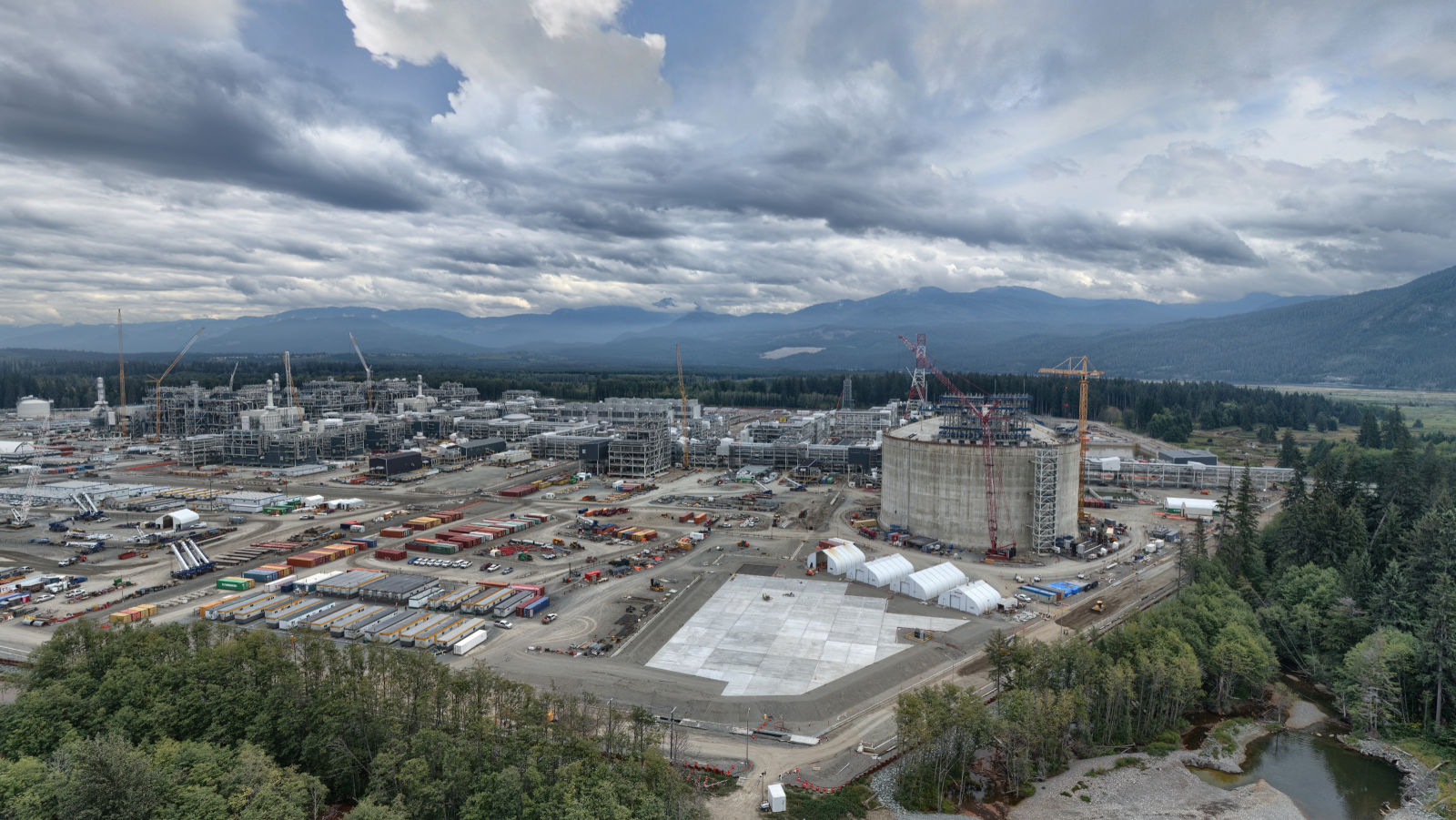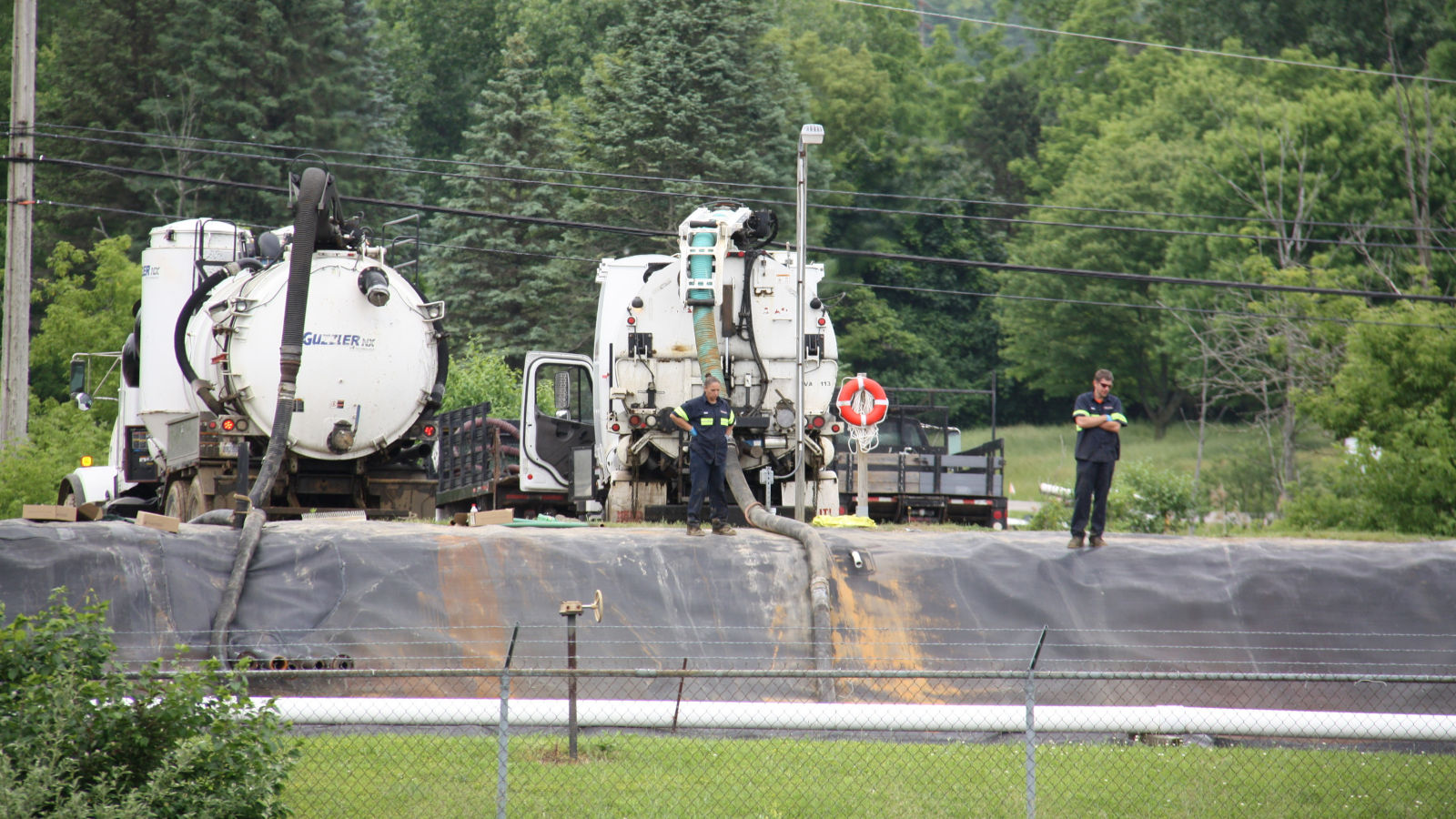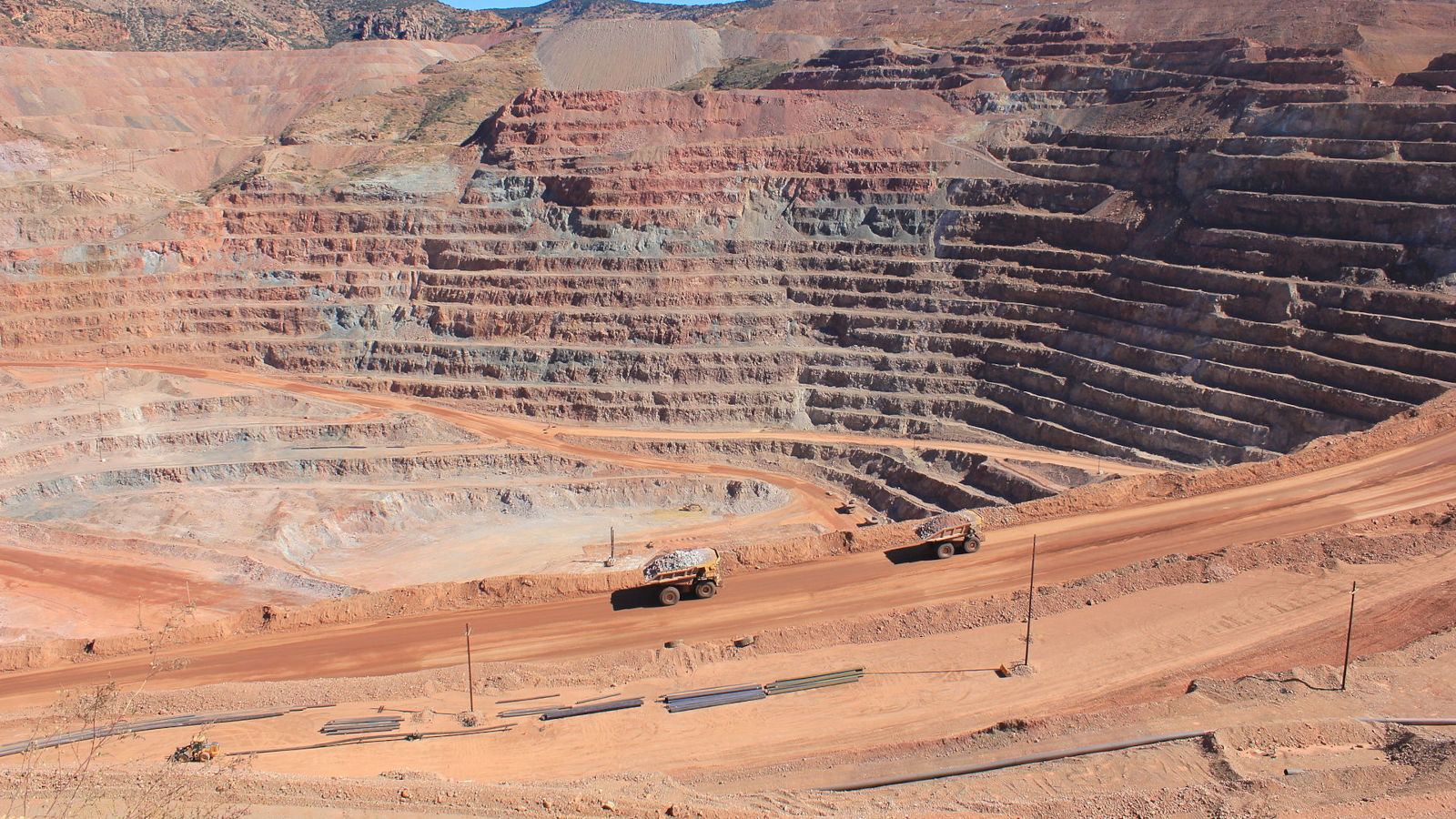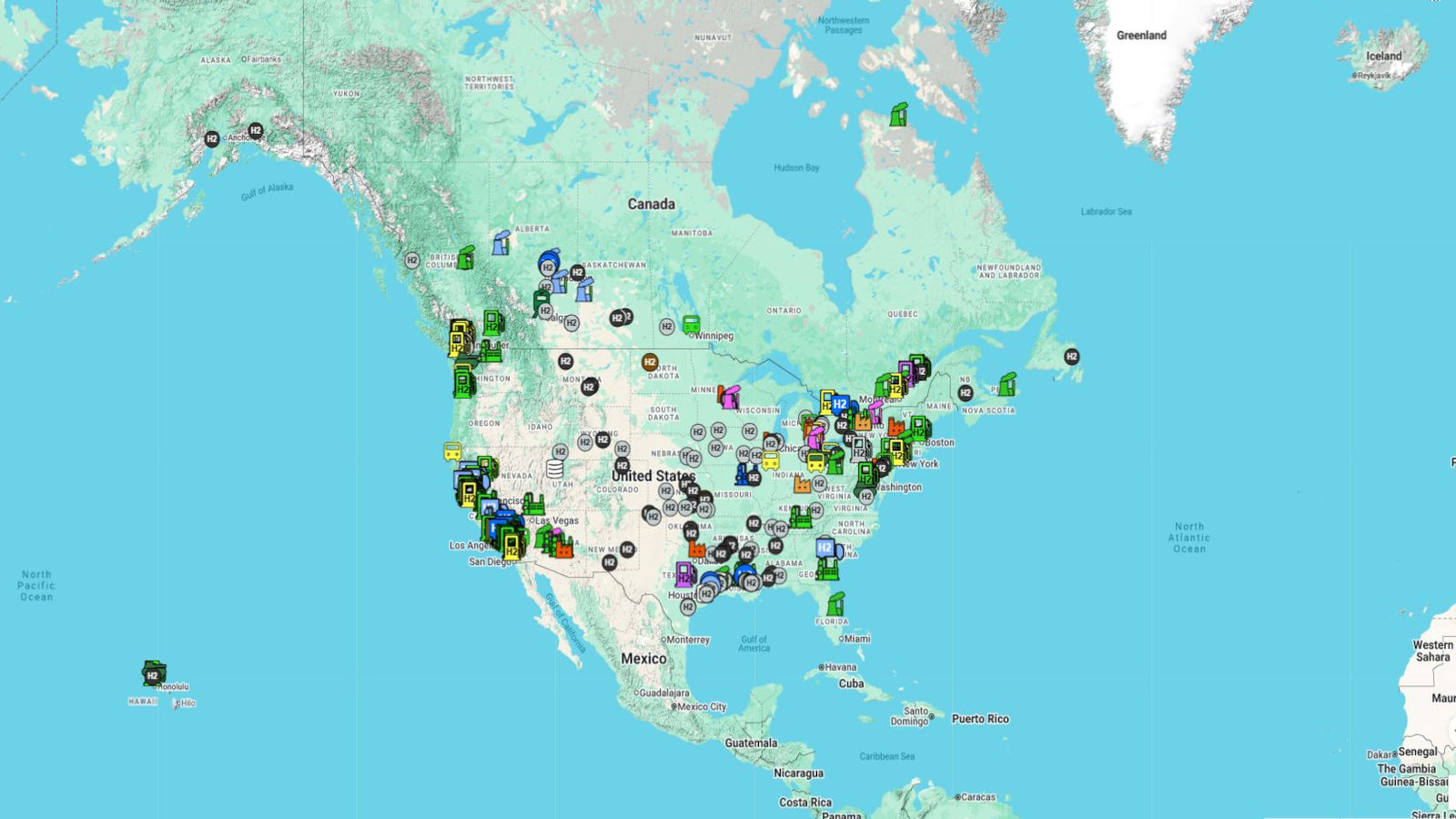Check Out Our Blog Posts:
-

Analysis of Michigan Department of Environmental Quality High Volume Hydraulically Fractured Well Completions and Applications
-

Responsibly Migrating Away from Crude Oil
-
Michigan Oil & Gas Monthly – February 2015
-

Michigan Oil & Gas Monthly – January 2015
-

Michigan Petroleum Production 101
-
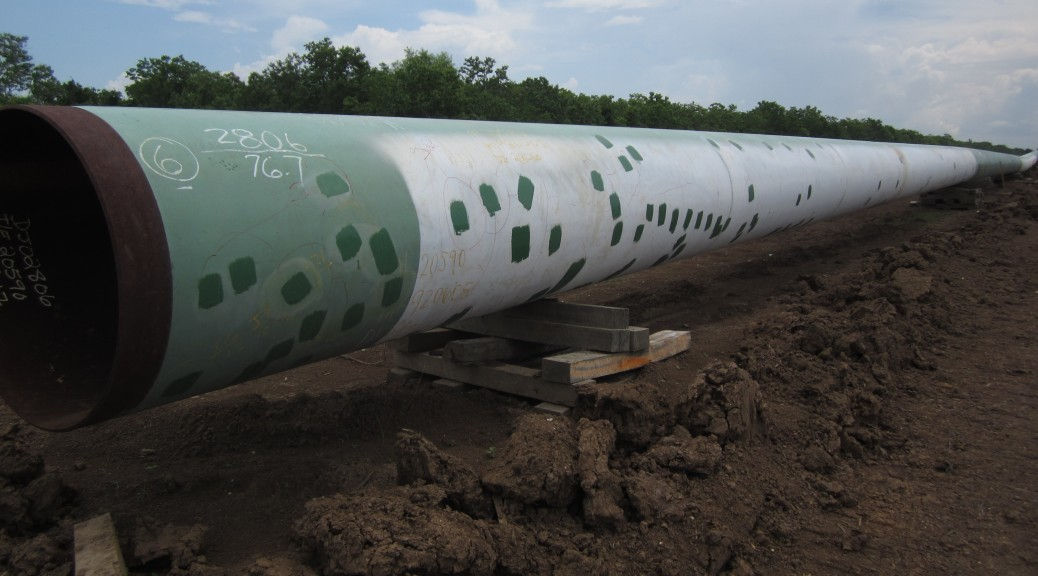
The Keystone XL Pipeline
-
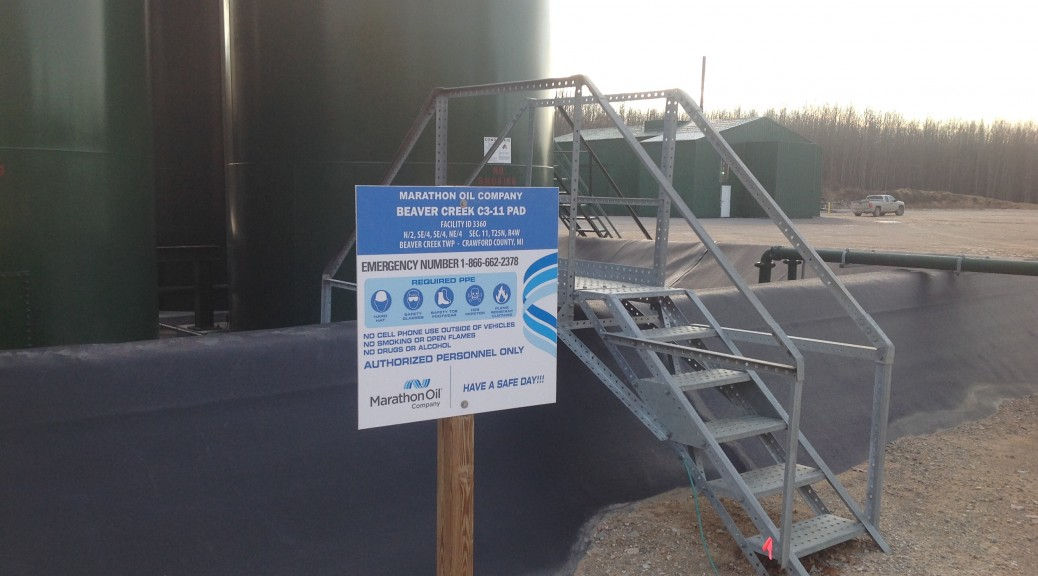
Michigan Petroleum Geology 101
-

Meet Duke, RMP’s Official Mascot
-

Michigan Oil & Gas Exploration – A Look From 2014
